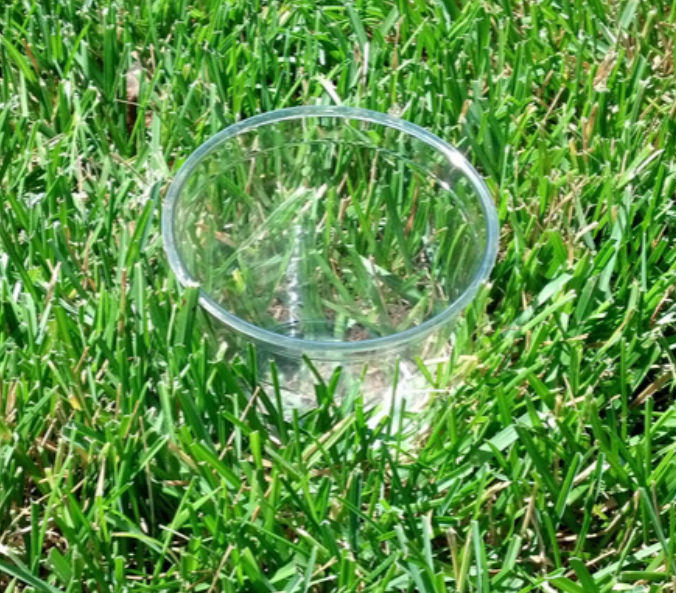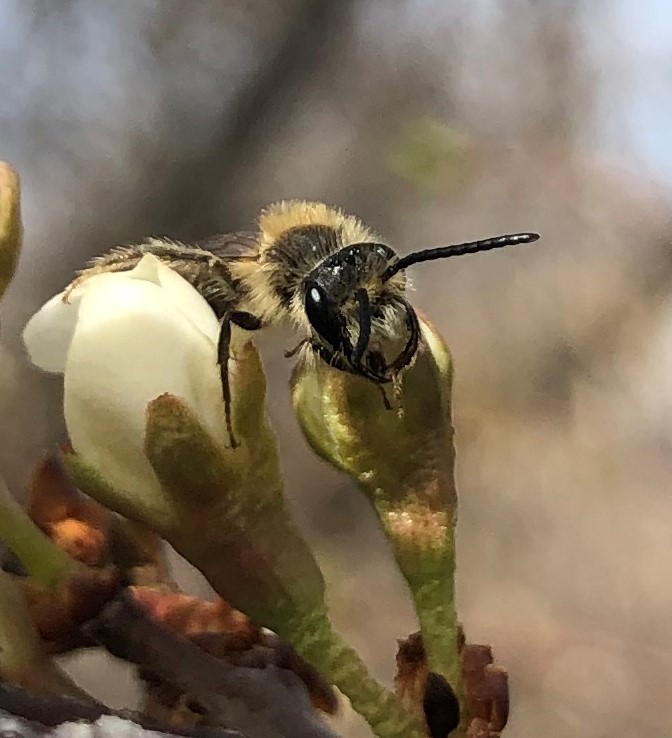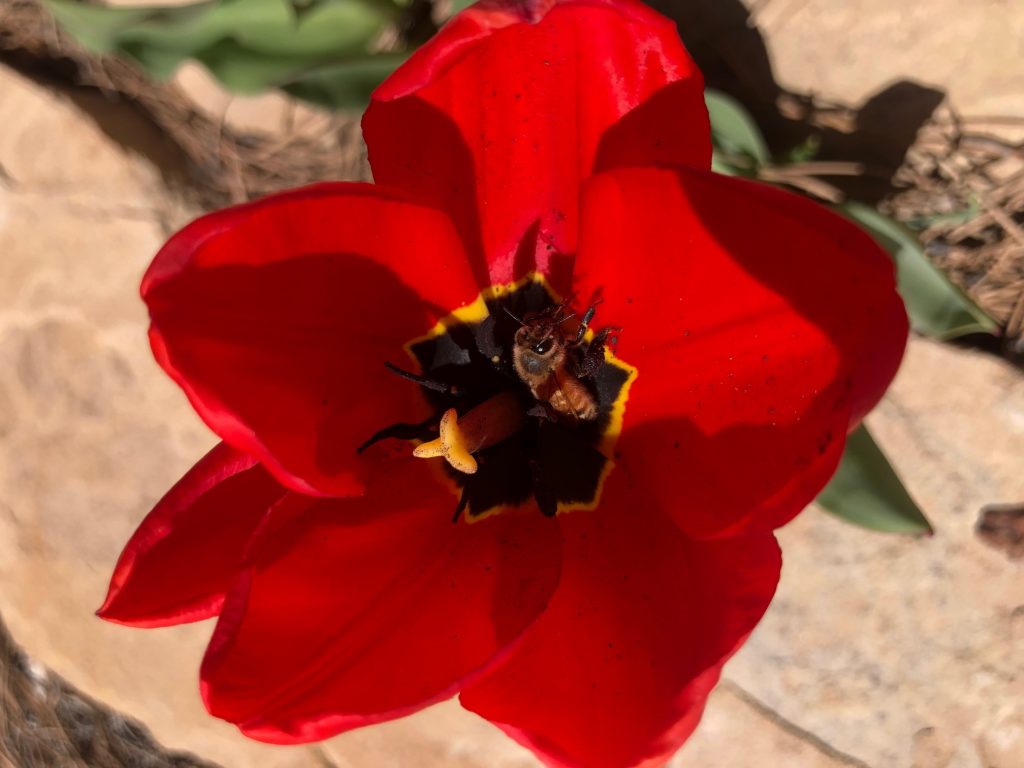From the Hort Desk
- 2021-05-01
- By mkirk
- Posted in The Garden Buzz
By Lisa Mason, CSU Extension Horticulture Agent
A Non-Traditional Spring Landscape Checklist
Who is excited for spring and ready to get back to their garden? While you are doing yard clean up, and planning your vegetables, perennials and annuals, here are some other activities to add to your spring to-do list that may not be on your current list.
Learn to identify ash trees and note if you have any in your landscape. Ash trees (Fraxinus spp.) are a common tree found in home landscapes, HOA green spaces, and urban municipalities around the Front Range. Check out the EAB Guide or download the EAB/Ash ID app to learn the key characteristics of ash trees. Homeowners need to know if they have ash trees in their landscape for if/when the invasive emerald ash borer arrives. As of May 2021, emerald ash borer (EAB) has NOT been confirmed in Arapahoe County. EAB has been confirmed in Boulder, Larimer, Adams, Broomfield, and Jefferson County. Knowing if you have ash trees in your landscape allows you to make a plan. The plan should include evaluating the tree: 1) Is the tree worth saving and would it be a good candidate for treatment when EAB arrives? 2) Will the tree need to be removed and/or replaced because it is declining in health and/or does not provide value to the homeowners? In addition, many factors are involved in the decision of WHEN to start treating. Read more here and contact the Arapahoe County Extension office if you have questions.
Conduct an easy, at-home irrigation audit. The vast majority of lawn challenges have to do with irrigation. When we watch our sprinkler systems deliver water, it appears the sprinkler heads are applying water uniformly, but over time irrigation systems develop gaps in uniform coverage that are difficult to see. When turf does not get enough water, over time you will start to notice brown spots. Conducting a quick irrigation audit can help you visualize where the gaps in irrigation are in the lawn. Once you know where the gaps are, the sprinkler heads can be adjusted for better coverage. To do an easy, at-home irrigation audit, click here.
Consider whether grub control in your lawn is needed or not before applying a product. Japanese beetles are one of the most voracious pests we have in our landscapes. The adults feed on many different types of plants and the grubs feed on the turf grass. Many people assume that if the adults are feeding on plants in their yard, they must be nesting in their lawns. Japanese beetles can fly 1-5 miles to find food. Just because you have adults in your landscape does not automatically mean they are nesting in your lawn. Here’s the secret: Japanese beetle grubs need lawns that are constantly moist to survive. Grubs are commonly found at golf courses, parks, and other well-irrigated landscapes. Most homeowners do not keep their lawns moist enough for grubs to survive. During the summer, if the soil dries out before you water your lawn, you probably do not have grubs. If you want to avoid having grubs nest in your lawn, make sure the soil dries out in between lawn waterings. This is an excellent grub control method. Should you apply grub control products this spring or summer? A good tip is to confirm that you have grubs before applying grub control products. You may be able to save some time and money if products are not needed. Read more about Japanese beetles and control options here.
Hang your yellow tube yellowjacket traps out now. If yellowjackets are a nuisance in your landscape, you may consider hanging yellowjacket traps now. Yellowjacket colonies only survive one year. When winter arrives, the only survivors are newly mated queens. They hibernate over winter and emerge on warm days in the spring. If you hang your yellowjacket trap now, you may catch the queen before she has a chance to build a colony. If you wait till July, the yellowjacket colony will already be well-populated with worker wasps. The wasps traps only work for yellowjackets. They won’t attract honey bees or European paper wasps. Just a reminder: The western yellowjacket is responsible for approximately 90% of all insect stings. They are scavengers and are often found flying around human food sources such as picnics, BBQs, and trash cans. Learn more about yellowjackets and European paper wasps here.
Spend time outdoors and observe the signs of spring. With all the hustle and bustle in our daily lives, and the excitement of planning our gardens, remember to pause and appreciate the ecosystems in our landscape. Here are some fun things to look for:
- Buds on trees and shrubs that are filled with tiny leaves, stems, and flowers. They have been dormant and patiently waiting all winter to emerge. The waterproof scales will fall off as soon and the leaves and flowers will start to grow.
- Early-blooming flowers on native plants such as chokecherry and golden currant. These plants will often attract early-emerging native bees such as mining bees (Andrena spp.) and sweat bees (Halictus spp.).
- Migrant birds that have returned to Colorado. Hummingbirds arrived around April 15. Swainson’s hawks have arrived from their long journey from Argentina. These broad-winged hawks are commonly seen soaring in air. They can be differentiated from red-tailed hawks by their distinctive underwings (the top inner wing is white, and the bottom outer feathers are grayish black). Other migrants that have returned include western tanagers, osprey, turkey vultures, American white pelicans, and more.
- Beneficial insects will start to appear. Watch for early season butterflies such as morning cloak butterflies. Honey bees are out foraging on any day that is around 50 degrees or warmer. Queen bumble bees will emerge from hibernation soon. Other insects that provide pollination and pest control services in our gardens will return soon.
Enjoy the spring weather! Remember to utilize the variety of CSU Extension resources available to you including online gardening publications, the CO-Horts Blog, free gardening webinars, the Master Gardener assistance, and other Arapahoe County resources. Happy gardening!
Horticulture Resources
- Garden Buzz Archives
- CSU Extension Resources
- Colorado Master Gardener Program
- Foothills to Plains Native Plant Master Program
- Native Bee Watch Community Science Program
- The Co-Hort Blog
- PlantTalk Colorado
- Soil Testing
- Plant Select
- Emerald Ash Borer
- Japanese Beetle
- Colorado State Forest Service
- Ask an Expert






